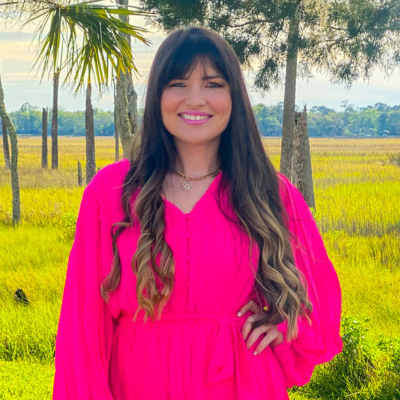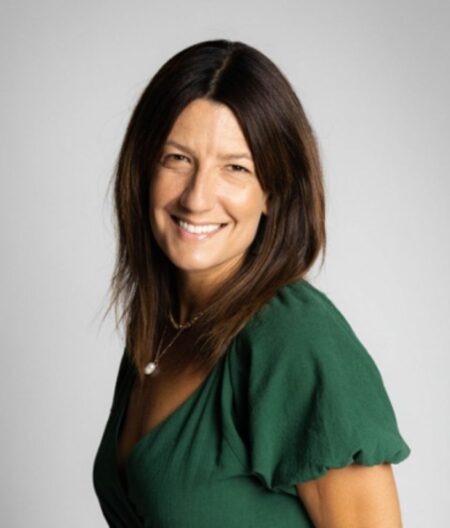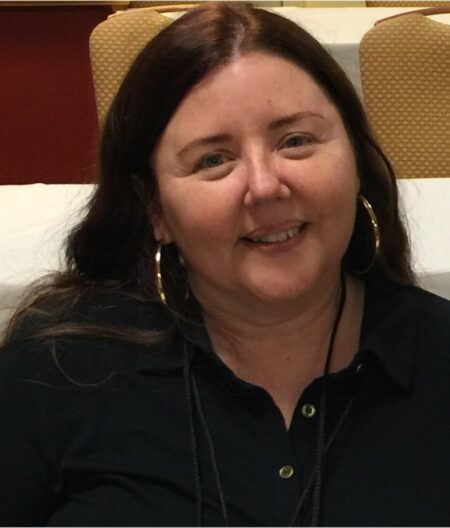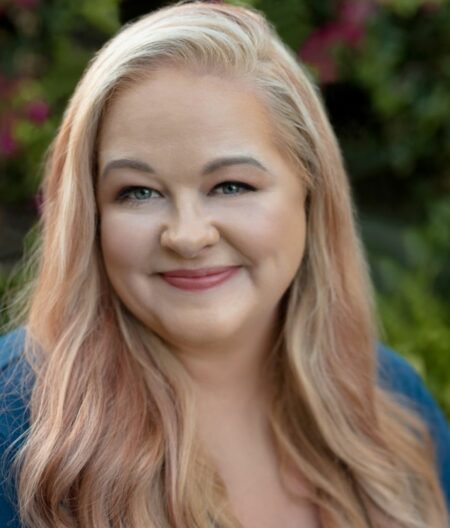Exclusive Interview with Jacqueline Firkins is here! I am so excited to do this exclusive interview with Jacqueline! For those that don’t know Jacqueline, not only is she an author, but she is also a costume designer. I discovered her on bookstagram. Some of you may already be familiar with her work. She designs dresses that match book covers! Yes, you read that right, and they are phenomenal. This past summer, I first saw the dresses and fell in love with what she does and her passion.
So, without further ado, let’s dive in and find out more about Jacqueline. More importantly, how she decided to be such a unique force in the book community!
Welcome, Jacqueline! Tell us about yourself.
I’m a freelance costume designer, primarily for theatre, and a full-time professor, teaching courses on costume design, costume construction, and the history of dress and decor. I’m also a writer of love stories, with two YA releases through Clarion Teen and my first adult title coming out with St. Martin’s Press this October, which is a story about a costume assistant in Hollywood that draws on my years working there. Most of my non-working hours are spent inhaling sugar-laden snack food and spoiling my beloved Welsh terrier.
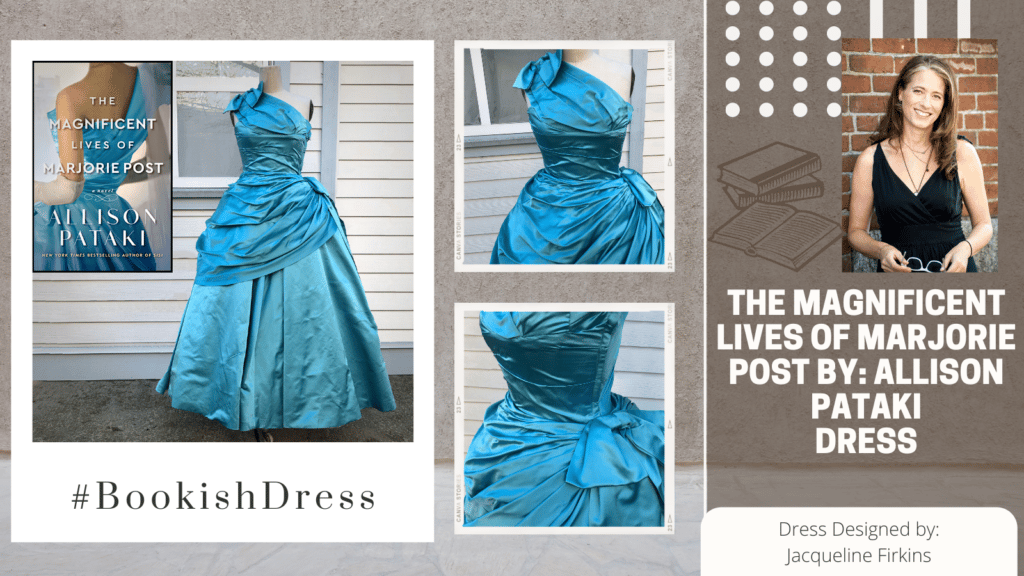
How did you get into designing dresses that match book covers?
The project started when I was trying to figure out what to do with social media. I opened Twitter and Instagram accounts at the request of my publisher, but I didn’t know what to do with the accounts. Since I tend to be quite private about my personal life, I wasn’t posting much of anything, and what I did post (mostly pics of my dog) only went out to a few friends. Eventually, I realized that since Instagram is a visual medium and I’m a visual designer by trade, I could use my unique skill set as a costumer to create content. I made a few dresses tied in with my first book cover and used them as giveaways before the release.
When COVID hit, and my theatre work got canceled or went on hold, I struggled with the loss of my artistic community and the connections made through joint creation. Knowing how much I’d enjoyed making the book-themed dresses for my own release, I reached out to a few authors I knew and asked if they wanted dresses for their books. It was a way of connecting in times when we were all very isolated. I was doing something I enjoyed, using my skills, and helping to promote work from people I care about. I was also building connections with other authors and readers, which helped me feel less alone, and brought random little sparks of joy into people’s social media feeds. That all felt amazing.
Do you pick the covers of current reads to match dresses? How do you decide which book you will design a dress for?
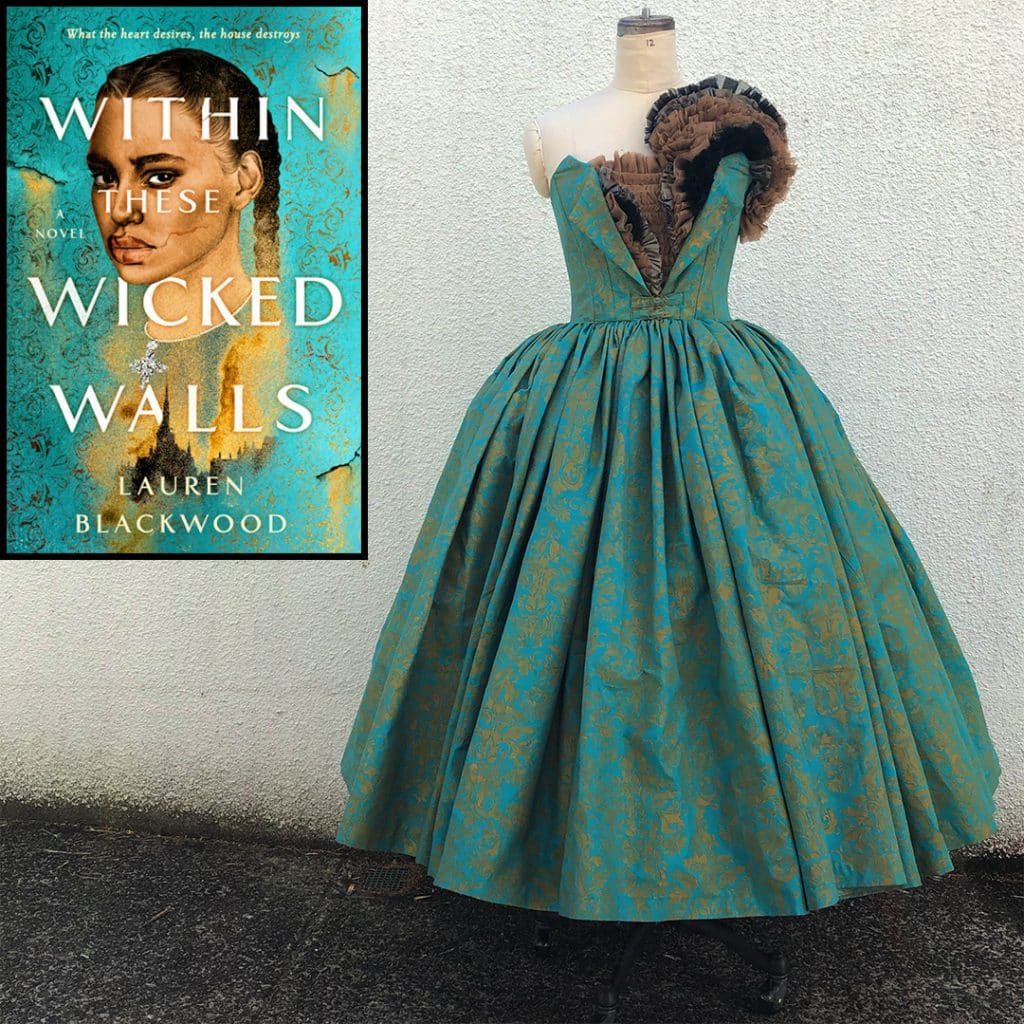
I always start with the book and design from there, and I only offer to design a dress if I’ve read the book I’m designing from or if I’ve read the author’s other work and feel confident, I’d enjoy their newest title before reading. As much as I love making these dresses, they take a lot of time and money, so if I’m going to make one, I want to ensure it’s for an author and/or book I’m 100% behind supporting. The covers matter, too. Some covers instantly get my design wheels turning. Others don’t lend themselves as well to dress design.
Most of the dresses I make are for members of my community, authors who were part of my debut group, who share an agent or publisher, or who I’ve connected with through panels or simply through social media. So much of this project is about building community for me, reaching out to artists whose work I admire and saying, “Hey, I loved your book and think the cover would translate really well into a dress. Do you want one?”
Fortunately, most authors respond and enjoy the project. I’m always a little sad when an offer doesn’t get a response at all, though I’ll still cheer on those books in other ways. Occasionally an author reaches out to me, and sometimes I can add their book to my project roster, though I usually only like to do so with authors who are sincerely interested in building mutually supportive relationships. Publishing is a challenging industry. But it’s way less challenging when you know you’re not in it alone.
Do you have an all-time favorite dress you designed to match a book cover?
Good question! Definitely not a single favorite, though I will say the fantasy titles often involve more creative problem solving than the cute romances and the work shows. Like for Lauren Blackwood’s Within These Wicked Walls, I couldn’t find a good fabric match, so I hand-painted the gold brocade on plain turquoise fabric.
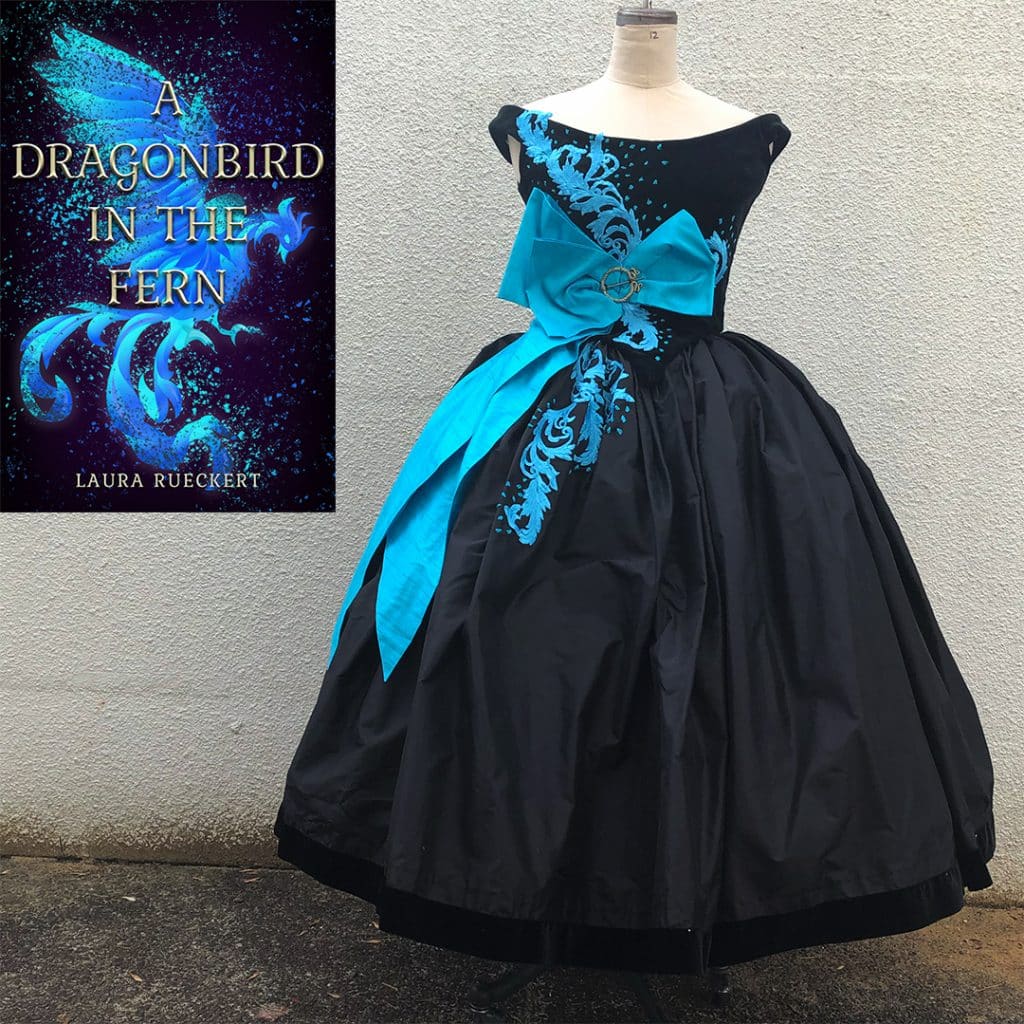
Then I needed a structural design that looked like something was emerging from within the dress. I loved that challenge. Or for Laura Rueckert’s A Dragonbird in the Fern, I had to figure out how to represent an explosive dragon without literally painting an explosive dragon on a dress.
For Erin Craig’s House of Salt and Sorrows, I wanted the garment to feel salt-caked and weathered, which meant lots of playing with paint and fabric samples. I enjoy finding ways to turn literal images into color, shape, and texture, and when the dresses take some trial and error or a lot of detailed handwork to sort out, I’m that much prouder of the finished work.
That said, sometimes I put together a cute, simple rom-com dress, and everything just comes together—the fabric’s right. The proportions work. The dress FEELS like the book, which is what I’m always aiming for. For example, Rachel Lynn Solomon’s Today, Tonight, Tomorrow was one of the simplest dresses to make, but it feels like an accurate representation of both the cover and the content. Nothing was a compromise.
Do you sell the dresses you design, or do you only do giveaways?
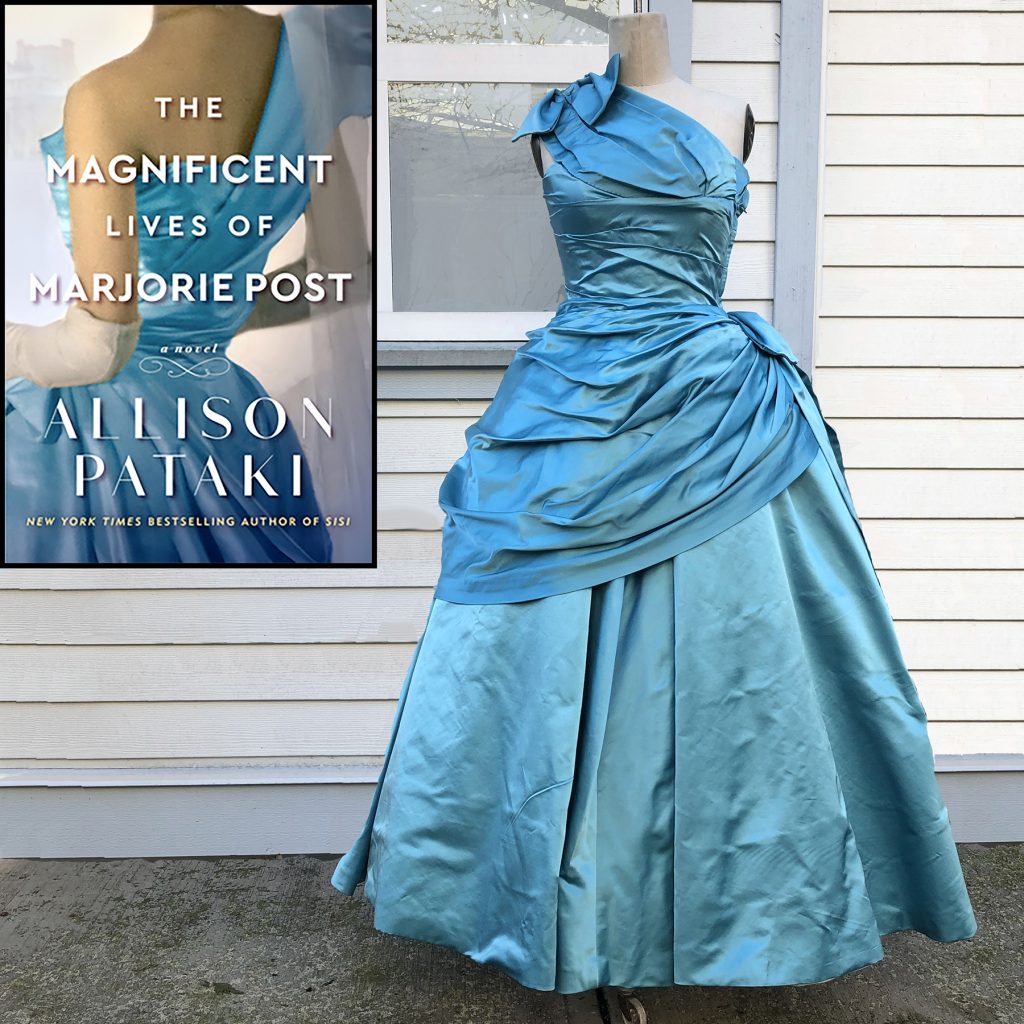
I often get asked about commission possibilities, but the reality is they’d be way too expensive. A project I began to support other authors would become something I can only offer to people with substantial marketing budgets, which doesn’t sit well with me. We’re so used to fast fashion we don’t think about the reality of what it takes to custom make a single garment. The time spent shopping materials, the patterning, the trial and error time, adding linings, understructures, fasteners, and details, paying for shipping and import costs of most materials.
Even without accounting for labor, materials, and shipping costs, most of these dresses range from $250-$850. If I add in my skilled labor and some cost for equipment, supplies, and overhead, I’d be selling them for $1000-$3500. Not only would it be cost-prohibitive for many authors. But I’d also end up commodifying something I do for the pure joy of it.
Did you always want to be in the book world?
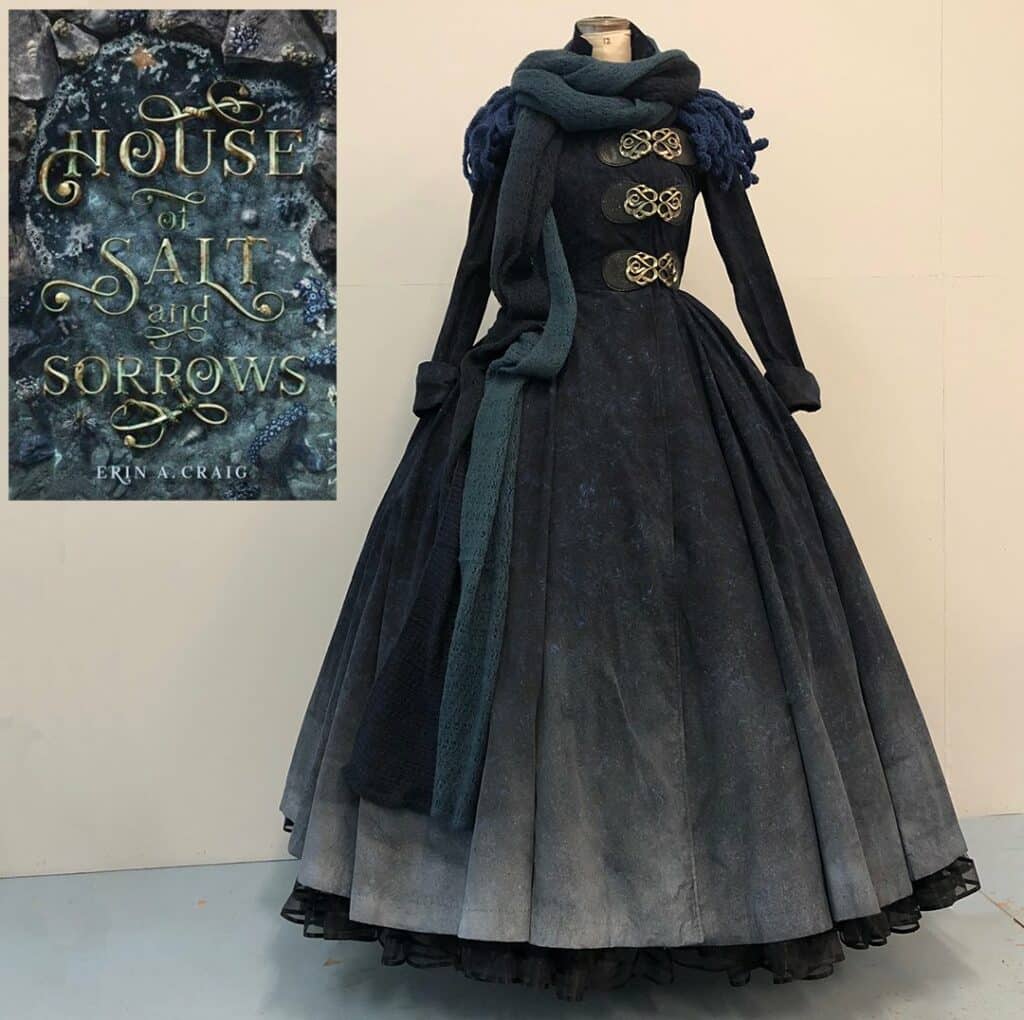
I was a literature major in undergrad, and my theatre career comes largely from a love of examining stories. I’ve always been an avid reader, and I suspect I always will be. The idea of becoming an author took root in my early 30s, after years of honing my skills as a designer of worlds and characters, skills that translate pretty directly to authorship.
I’m not sure I felt like I had something to say in my 20s, but by my 30s, I had a list of stories I wanted to write. Some were adaptations of classics that weren’t getting much attention (compared to the oft-referenced Pride and Prejudice, Little Women, or Jane Eyre). Some were stories of my own.
A design career, by its nature, is one in which I rarely get to initiate projects. Instead, I get attached to projects others have selected. I love the work I do as a designer, and I can always find my way into being passionate about the projects I design. But writing gives me a chance to start wherever I want to start. To say, “This is the story I want to tell. And here’s why I want to tell it.”
You are part of the Department of Theater & Design faculty at the University of British Columbia. Is designing costumes similar to designing dresses that match book covers?
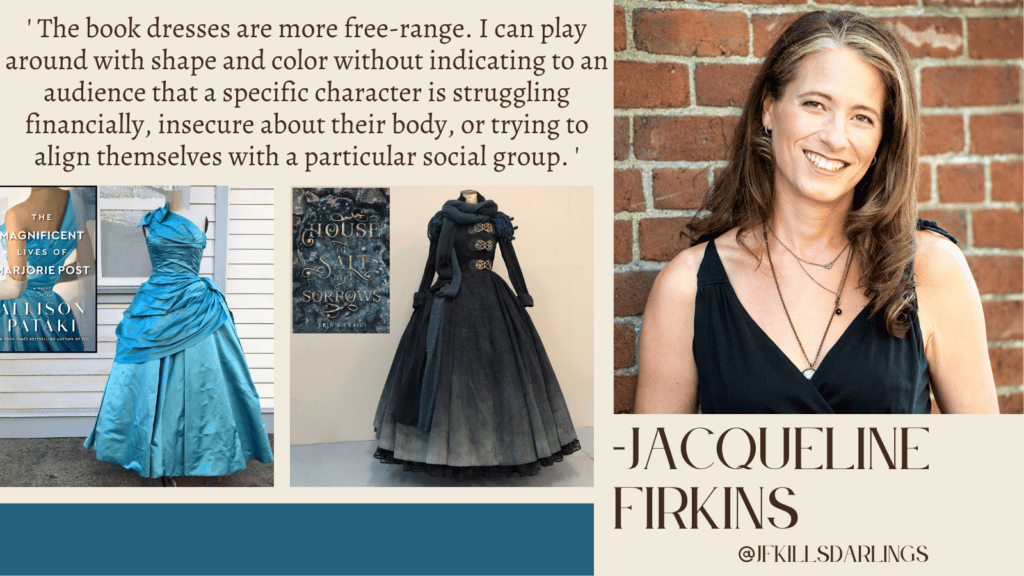
Both involve starting from a text and trying to represent something key about the tone, the world, the symbols, the imagery, and the central story. With a script, my work is more literal. I often use clothes to give clues to an audience about each character’s personality and circumstances. The book dresses are more free-range. I can play around with shape and color without indicating to an audience that a specific character is struggling financially, insecure about their body, or trying to align themselves with a particular social group. Instead, it’s a lot about reflecting the overall feel of a book. Is it cute and cheerful? Dark and dramatic? Sweet and gentle? Are we in today’s world, yesterday’s world, or a completely invented world? And how do the shapes and colors reflect the cover?
You are also a writer. What genres do you write in?
I write love stories for both YA and adult readers. So far, the titles picked up for publication are all contemporary, but maybe one of my less realistic pieces will find a home one day. I do love playing with symbolism and building worlds with rules that aren’t entirely familiar in our day-to-day world. But since I’m a character designer at heart, one fascinated with close, formative relationships, anything I write will have a love story of some kind at its center.
How does writing compare to designing dresses?
Both involve composition, sorting out the broad strokes, and then working toward the details. Writing and designing dresses require a rough plan but with room to play as the story or dress design evolves. They also require an understanding of audience perception. The ability to examine what I want to communicate to sort out how I want to communicate it. Both take trial and error. Sometimes I order what I think will be the perfect fabric, only to have it show up and be completely wrong, causing me to regroup. Often times, I write a chapter that doesn’t work and needs to be rewritten. I need to figure out what isn’t working in both cases and try again.
Before I let you go, anything else you want to add?
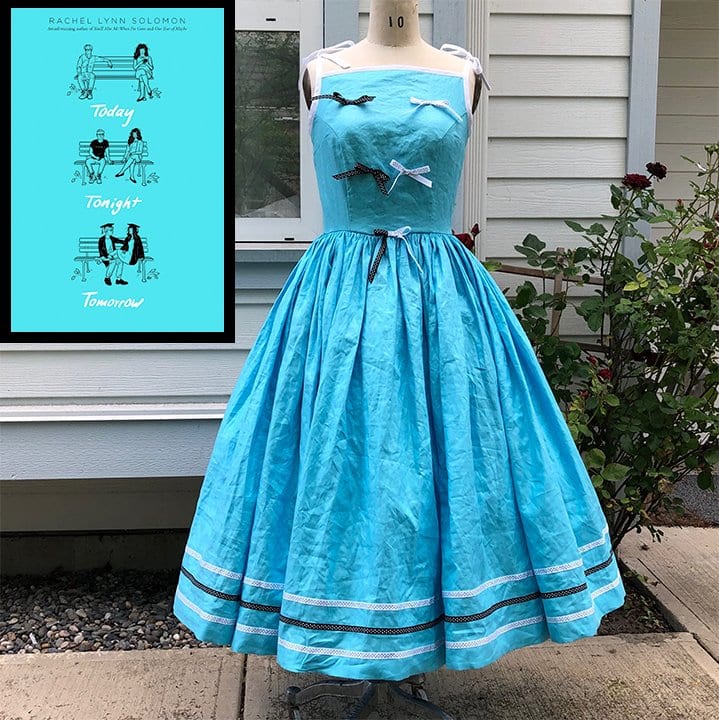
When I made my first dress offer in the early weeks of COVID, I thought I’d do maybe a dozen dresses for authors I knew, and that would be that. I assumed (so wrongly!) that my theatre work would come back before long, and I’d need to refocus my design time. Here we are two years later, and I’ve sent almost 100 dresses out into the world now. As I near that number, I’ll be looking toward the next steps for the project.
I’m always giddy when someone posts pics wearing a dress and cheering about the book it matches. But that experience is a rarity. Most of the dresses I mail out disappear once I leave the post office. I’m never sure if they just get tossed aside or dropped off at a thrift store. It makes me question the value of giving the dresses away. I’m also hearing back from fewer authors these days when I make offers. So, the next stage of the project might involve fewer giveaways. Or direct collaborations with interested bookstagrammers who have favorite books they’d love to see in dress form.
I’ll do some period dresses for historical works and the clothes will go into our university costume stock where they might get used later for theatre and film productions. I’m not sure yet, so I’m open to ideas from the bookstagram and author community! What would others like to see? In the meantime, I’m truly, sincerely thrilled that people are enjoying the project. I love that I’ve been able to use it as a means of building connections with authors and readers, and bringing joy during challenging, isolating, and contentious times.
Hope you all enjoyed this interview! I did! Stay tuned for book dresses coming your way! Stay tuned for more interviews too! You can follow me on Instagram, Twitter, Facebook, and Pinterest. Contact me too. Don’t forget to check out my feature on Feedspot’s Top 100 YA Book Blogs!Shop More on Amazon!
